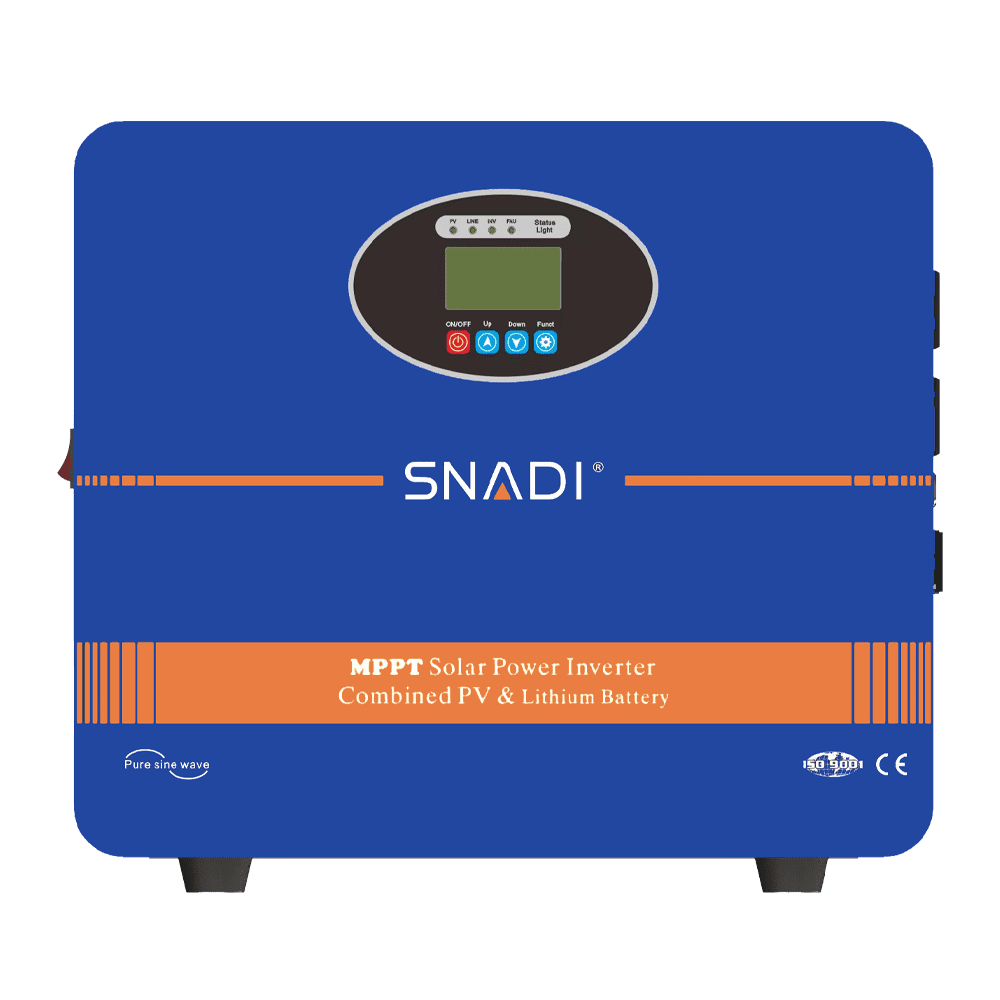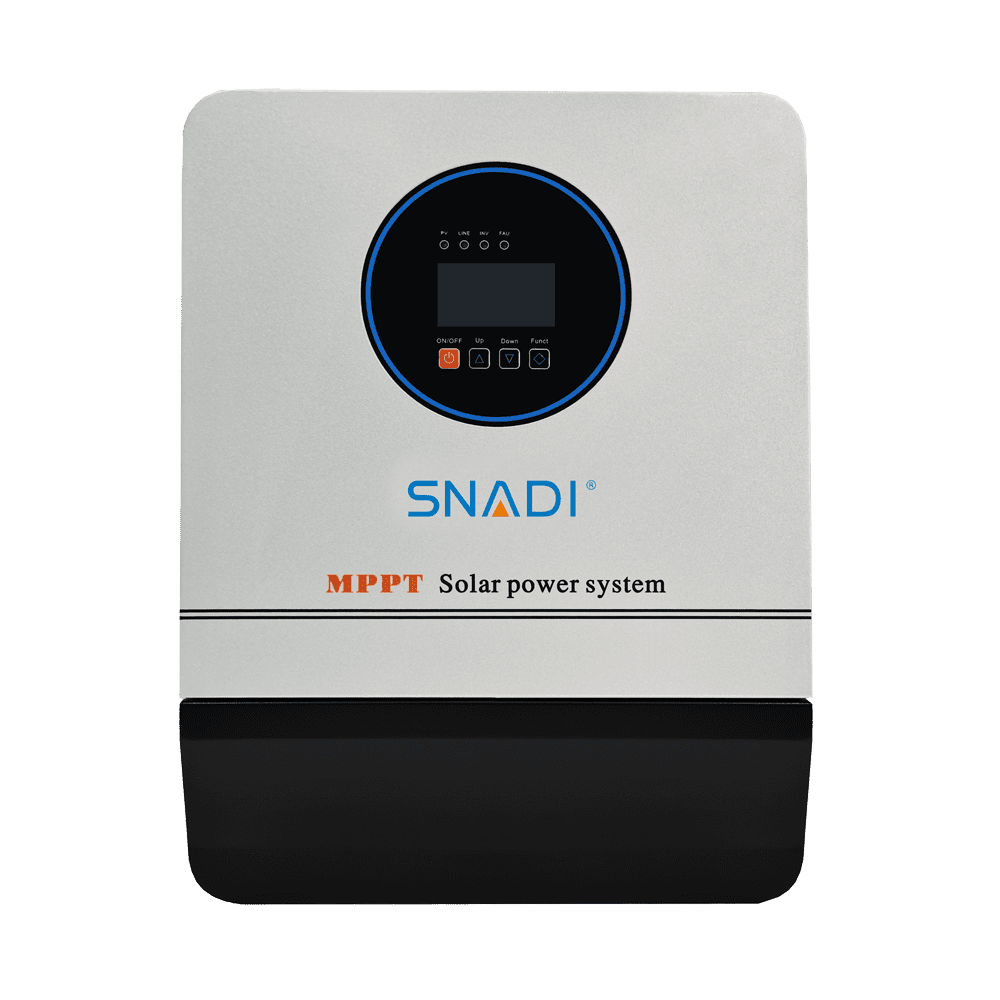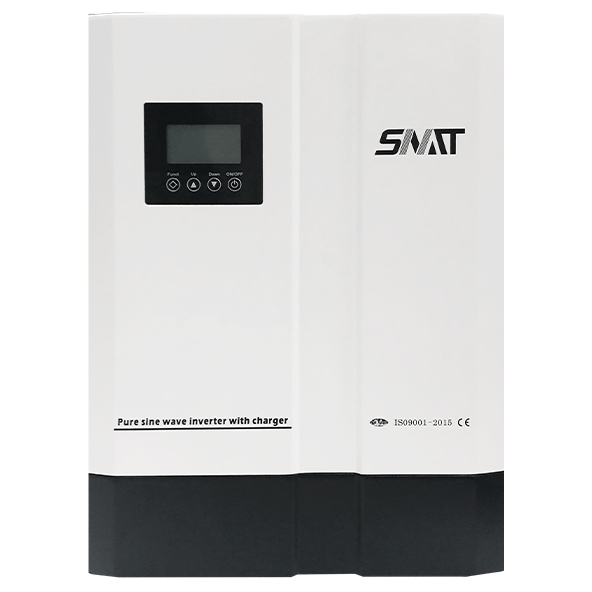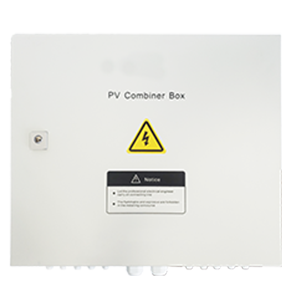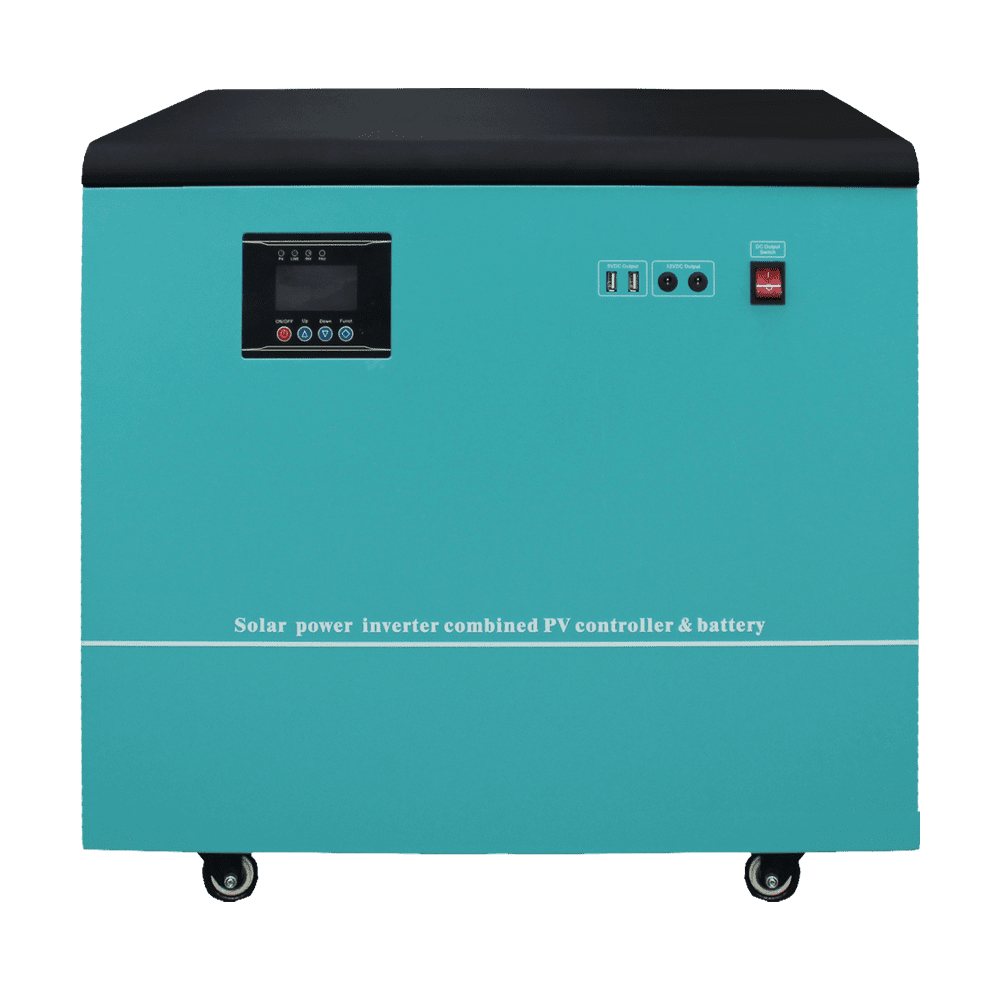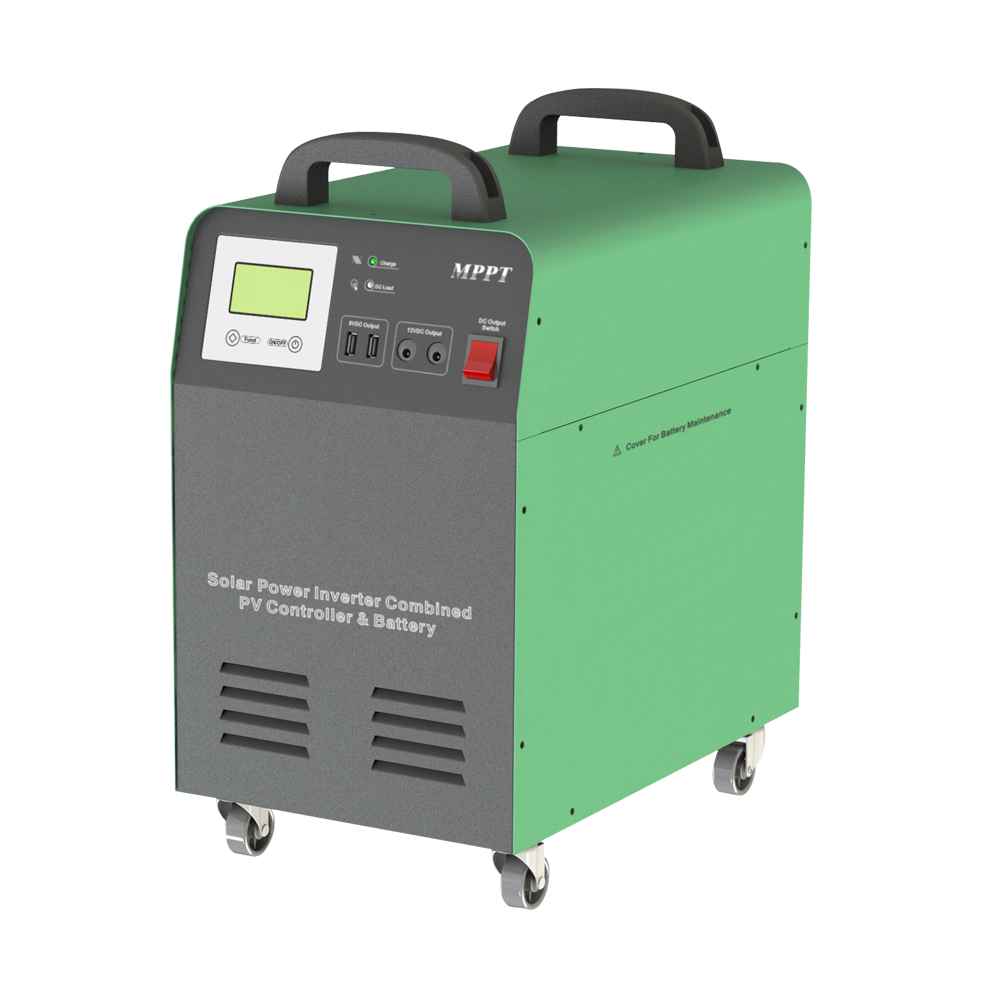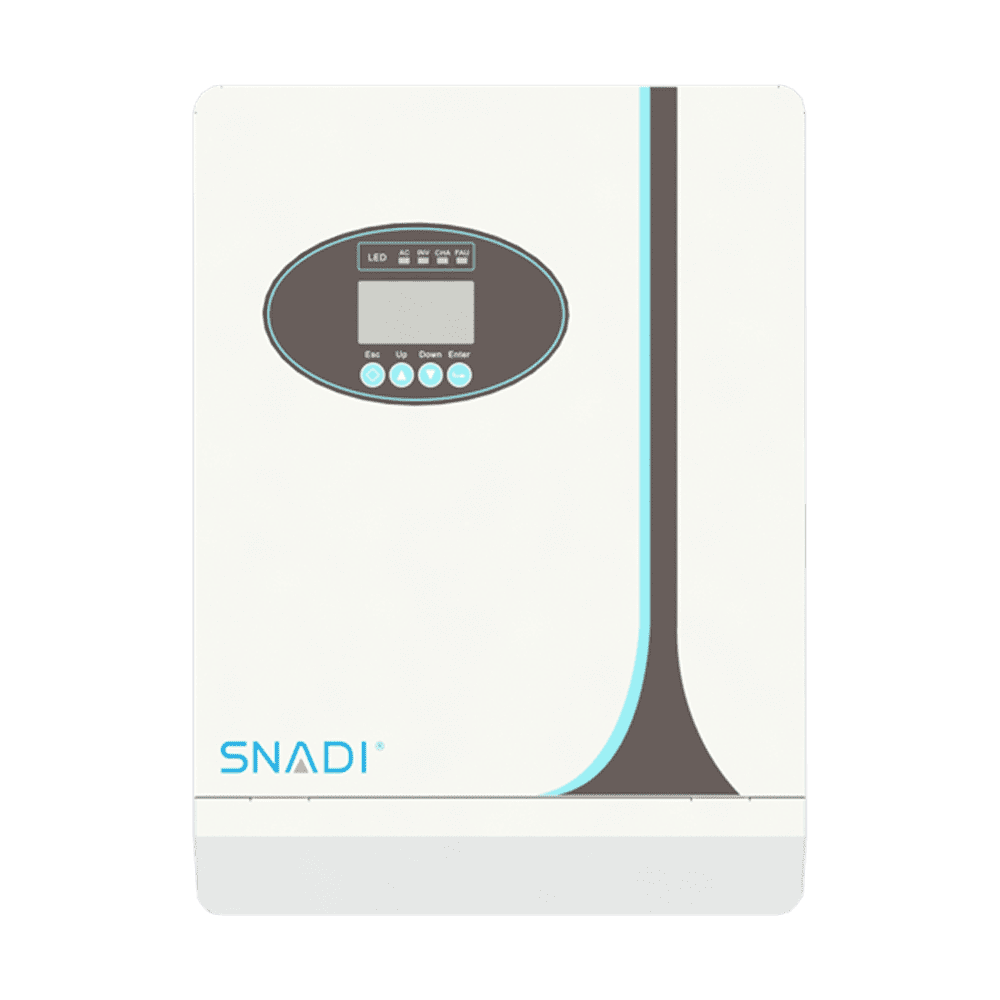In the realm of solar energy systems, photovoltaic (PV) combiner boxes play a crucial role in streamlining the operation and safety of solar installations. These boxes act as the nerve center of solar arrays, connecting many strings of solar panels and aiding efficient power distribution. Understanding the key components of a PV combiner box is essential for ensuring the effectiveness and reliability of solar energy systems. In this article, we delve into the fundamental elements that make up a PV combiner box and their functions.
Enclosure
The enclosure of a PV combiner box offers more than just protection. It must survive tough weather conditions such as high temperatures, UV radiation, dampness, and dust. Aluminum and stainless steel are popular enclosure materials due to their corrosion resistance and durability. The design of the enclosure should allow for adequate ventilation to dissipate heat generated by the components inside, preventing overheating and ensuring optimal performance. Furthermore, the enclosure must fulfill industry ingress protection (IP) requirements to keep water and dust out, assuring the safety and lifespan of the electrical components housed within.
Input Terminals
Input terminals are crucial connection points where the DC outputs from individual strings of solar panels are aggregated before entering the combiner box. These terminals must be designed to accommodate the high voltages and currents generated by solar panels, typically ranging from hundreds to thousands of volts and amperes. Proper labeling of input terminals is essential for easy identification and connection of the correct strings, minimizing the risk of wiring errors and ensuring the integrity of the system. Additionally, input terminals should be insulated to prevent accidental contact and comply with electrical safety standards.

Pv Combiner Box For Commercial Use
Surge Protection Devices (SPDs)
Surge protection devices protect the PV system from transient overvoltages from lightning strikes, switching events, or grid disruptions. These devices divert excess voltage to the ground, limiting the voltage level within safe operating limits and protecting sensitive electronic equipment from damage. SPDs installed within the combiner box provide a centralized point of protection for the entire array, enhancing system reliability and reducing the risk of costly downtime. To offer full surge protection for the PV system, SPDs must have adequate voltage ratings, reaction times, and synchronization with other protective devices.
Circuit Breakers Or Fuses
Circuit breakers or fuses serve as critical overcurrent protection devices within the PV combiner box, safeguarding the wiring and components of the solar array against short circuits and overloads. Circuit breakers are mechanical switches that trip open when too much current passes through them, whereas fuses are sacrificial components that melt and stop the circuit when overcurrent occurs. Proper sizing and coordination of circuit breakers or fuses are essential to ensure reliable protection without nuisance tripping or compromising system performance. Additionally, circuit breakers may incorporate features such as arc fault detection to enhance safety and reduce the risk of fire hazards in the event of electrical faults.
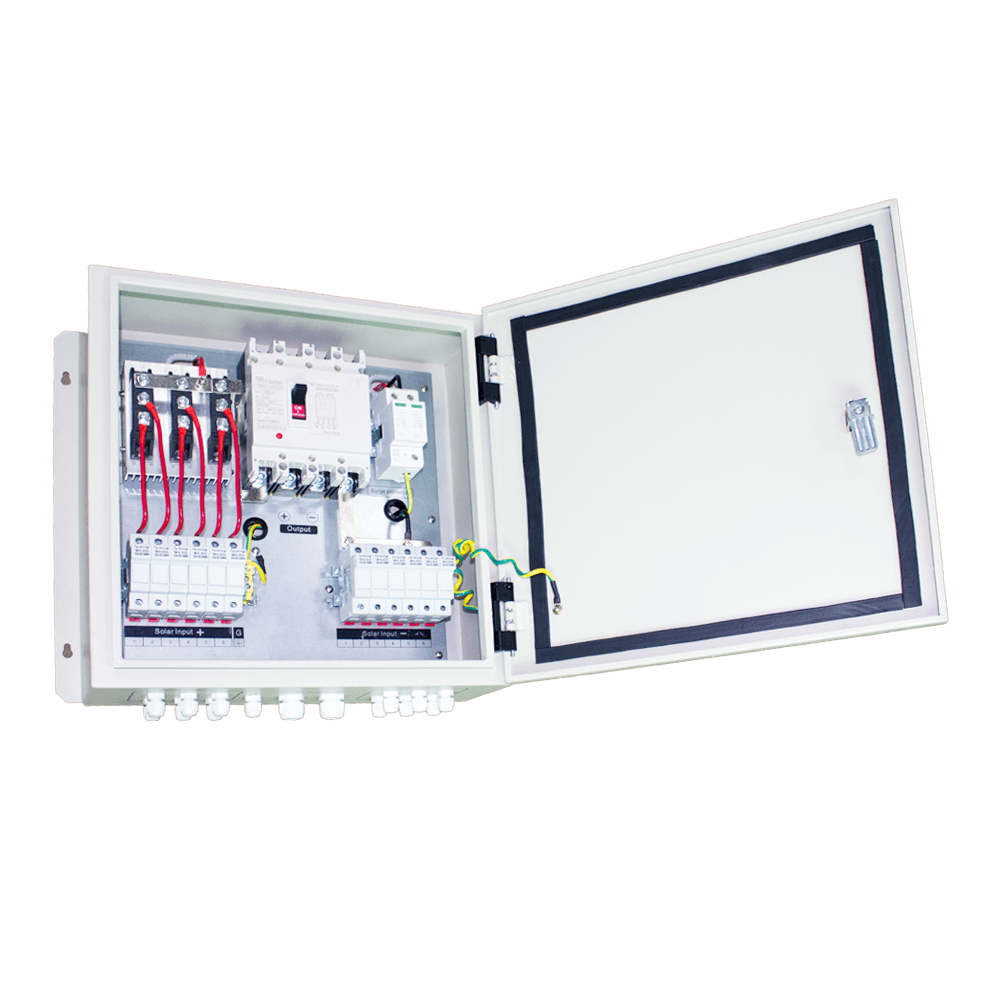
Snat PV Inverter For Commercial Use
Busbars
Busbars play a critical role in facilitating the interconnection of various components within the combiner box, including input terminals, surge protection devices, circuit breakers, and output terminals. They provide low-resistance paths for current flow, minimizing voltage drops and power losses within the system. Busbars must be appropriately sized and constructed to accommodate the solar array's full current capacity while ensuring good electrical connections and thermal stability. Proper insulation and busbar spacing are required to prevent electrical arcing and maintain compliance with safety regulations.
Monitoring And Communication Devices
Monitoring and communication devices built inside the combiner box allow for real-time monitoring of system performance, status, and diagnostics. Data loggers gather and store data on energy generation, voltage, current, and temperature, allowing system administrators to monitor performance trends and discover abnormalities. Communication gateways facilitate remote access to system data and enable integration with external monitoring platforms or building management systems. Remote monitoring interfaces provide users with convenient access to system information and alerts, enabling proactive maintenance and troubleshooting. Incorporating monitoring and communication devices into the combiner box enhances system visibility, improves operational efficiency, and reduces the risk of downtime due to unforeseen issues.
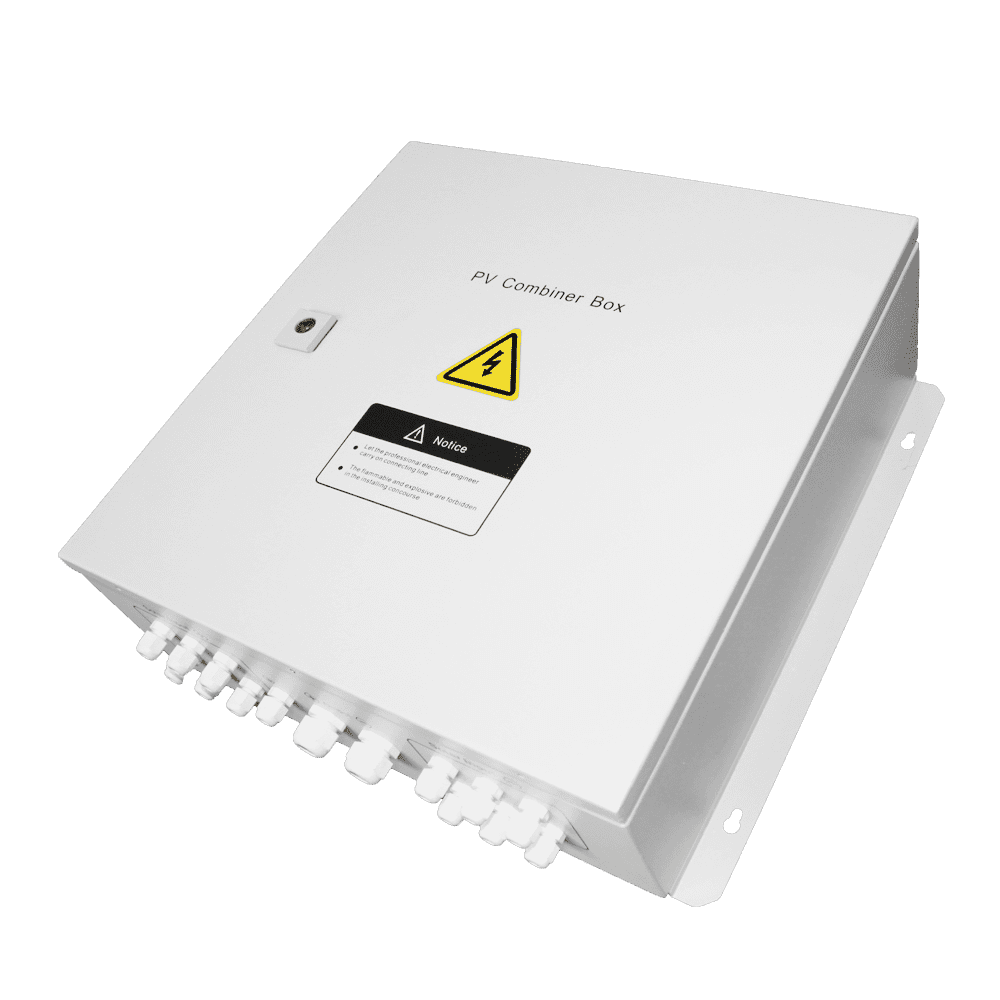
PV Combiner Box For Off-Grid Applications
Conclusion
A PV combiner box serves as a critical interface between the solar panels and the rest of the photovoltaic system. If you are looking for a high-quality PV combiner box, SNADI is a good choice for you. Come and shop in SNADI at the best price!

